Checklist for Ensuring Your Website is Search Engine Optimized
Search Engine Optimization is vital for the success of any website that enters the world wide web. Once your content is optimized, the work has only begun. To make sure that the search engines keep you on the first page, you need to keep analyzing it. Search engines are always working on new ways to get searchers to find what they are looking for in less time. Google keeps updating its search engine algorithm and guideline that all websites need to follow. As an owner of a website, you should keep checking your website’s Search Engine Optimization, and here’s what you should look for.
1. Unique And Quality Content
To ensure that your website ranks on top of search engine results, you need good quality unique content. The visual and functional appeal of your website is what gives a good user experience, but the website also needs to provide what the searcher is looking for. Whatever industry you are related to, you can create unique content with blogs and engaging posts related to it to prove authority in your niche. With the right keywords, these blogs can be a source to bring traffic to the website and outrank any competitors. Work on the type of content that the relevant audience demands, research on semantically related keywords, and answer questions users may have in their minds. If your content is authentic and provides quality to the searchers, it means it is search engine optimized.
2. A Link Building Outreach Plan
All the content on your website should link back to more of your content. Content on your social media should have your website’s link to boost traffic. You can outsource link building of your content to experts like LinkBuildingHQ USA to help optimize your website the right way. Don’t let a link-building opportunity go to waste, so always keep a lookout for trusted experts. A link-building plan ensures the SEO of your content is done as per need. Also, ensure that there are no broken links within your blogs. Broken links can be a disappointment for users and can cause your bounce rate to rise. A detailed link-building outreach plan is one of the best and most efficient ways to optimize your website.
3. Check The Website’s Loading Time
There could be a lot of reasons for a slow website. Poor SEO is one of them, which leads to a lot of issues like a drop in Google rankings and an increase in bounce rate. You need to check the user experience of your website. This will tell you how long it takes for a user to navigate through your website and find what they are looking for. Run a crawl test through your website and see what pages are flagged to be slowing down the speed at which your website loads. See if a quick loading page proves that your website has its SEO done authentically.
4. Check The Website’s Mobile-Friendliness
The mobile-friendliness of your website is yet another feature that enhances the user experience. Your organic visibility on Google suffers if the website is not very mobile-friendly. According to research, in the year 2025, more than 72 % of internet users will access websites with their mobile phones rather than desktops or laptops. This means that a mobile-friendly website is one of the significant ranking features. Moreover, that is also how you can ensure that the website has proper SEO. If you want your website to be one of the top-ranking websites of the industry, make sure that it works across all platforms, search engines, and devices in various locations all around the world.
5. Look For Meta-Information
There are several technical errors that can lower the rankings of your website on search engines. For higher ranking, search engines need to understand what your website is about. Meta titles and descriptions should not be too long or too short. Meta descriptions tell the user whether your website is what they are looking for and encourage them to click on them over any other. Meta tags and images on the website also work as an SEO tool and should be named with a related keyword. There should not be any duplication, and the readability of your content and titles should be smooth. If all of the meta-information has the right keywords, that means your website is SEO-friendly.
6. URL Placement
Your URL should also be SEO-friendly. A URL in just a few words tells search engines what your website is about works well with ranking them. An SEO-friendly URL has no spaces, underscores, or any other characters. It is also a part of technical SEO, where the ranking is affected by the crawl ability and indexing of the website. Your site should be bot-friendly; search engines are often run by bots to rank websites, and so it should be accessible for them. A secure domain name followed by a URL that speaks for itself is good for its ranking.
7. Backlinks To Your Website
There are a few external factors that promise SEO and, one of them is backlinks. For long-term SEO success, keep an eye on external factors that influence your search engine rankings. Search for any related content that has high traffic, create a link on it to your website and drive traffic to it as well. Social media presence is also a source of backlinks. In case you optimize your social media posts and their copywriting with links to your website, you have your SEO in place.
Search Engine Optimization of your website requires a lot of patience. Most importantly, it needs updating every now and then as per the algorithm set by search engines. All of the above are the ingredients for the recipe that makes your website SEO-friendly. If all of it is in place, you will naturally get a good score on an SEO analyzer. You need to find the right content for your niche and provide all that users are looking for. A promising website is what brings in more customers, and SEO can help with that!




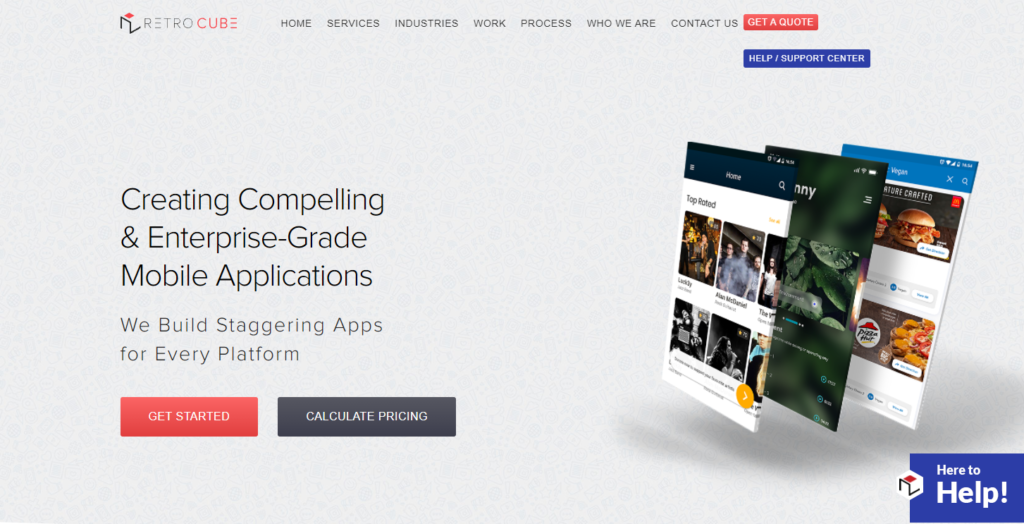 It is one of the primary mobile app development companies having established a strong foothold in a wide array of app development categories. Retrocube has been tenacious in the past decade in developing dedicated apps for its customers. Whether it’s ride hailing apps, productivity apps, mobile games, social networking sites, Retrocube’s rise has been dramatically noticed by market players and its success is something worth noting.
It is one of the primary mobile app development companies having established a strong foothold in a wide array of app development categories. Retrocube has been tenacious in the past decade in developing dedicated apps for its customers. Whether it’s ride hailing apps, productivity apps, mobile games, social networking sites, Retrocube’s rise has been dramatically noticed by market players and its success is something worth noting. Based in California, Suffescom provides top-grade mobile app development services. They encompass a team of experiences and skilled technologists to provide exceptional app to various mobile phone services. They possess a highly skilled team which is efficient in the realm of IOS app development that kickstarts the high-quality
Based in California, Suffescom provides top-grade mobile app development services. They encompass a team of experiences and skilled technologists to provide exceptional app to various mobile phone services. They possess a highly skilled team which is efficient in the realm of IOS app development that kickstarts the high-quality 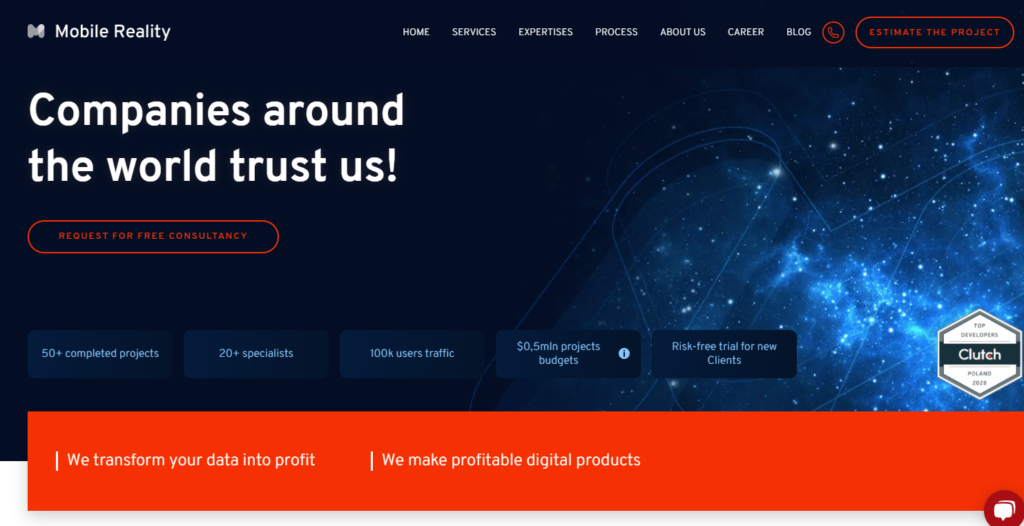 Founded in 205, Mobile Reality are masters in building apps for iOS and Android devices. Having colossal experience in the technological industry, they have specialized in building cost-effective mobile development technologies. This eastern European software company delivers remarkable services including software outsourcing. They have global operations and focus on quality solutions to their clients. The top-grade company utilize React Native programming language and React Native wrappers for Android and iOS libraries which fulfill your demands and expectation to an exceptional level.
Founded in 205, Mobile Reality are masters in building apps for iOS and Android devices. Having colossal experience in the technological industry, they have specialized in building cost-effective mobile development technologies. This eastern European software company delivers remarkable services including software outsourcing. They have global operations and focus on quality solutions to their clients. The top-grade company utilize React Native programming language and React Native wrappers for Android and iOS libraries which fulfill your demands and expectation to an exceptional level.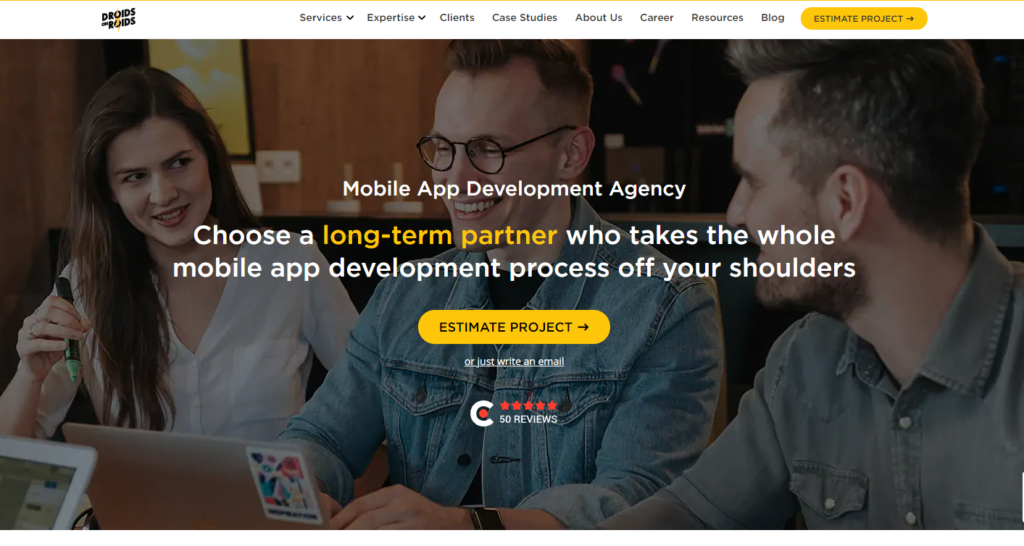 Based in Poland and established in 2011, this company helps build excellent native apps. There many services include;
Based in Poland and established in 2011, this company helps build excellent native apps. There many services include;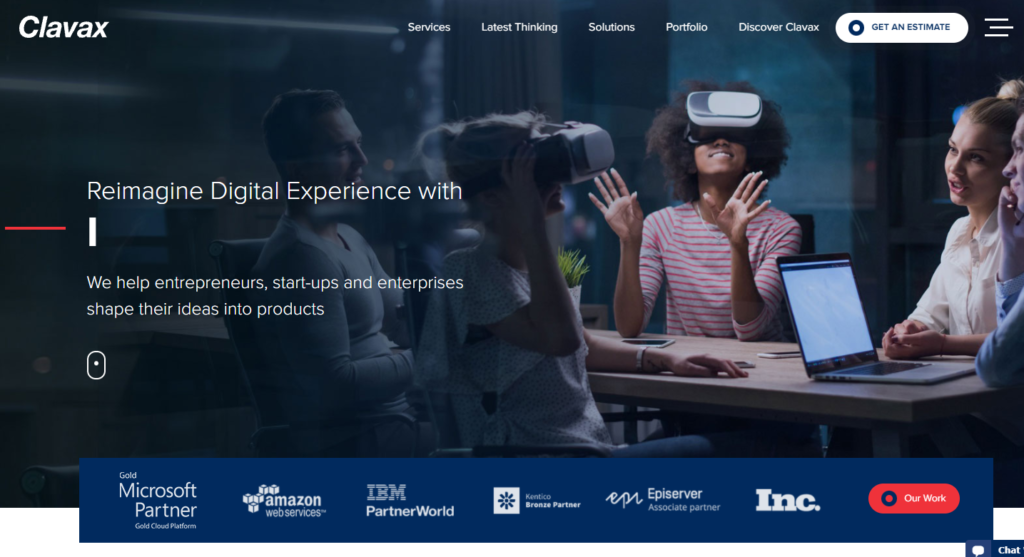 Since, it’s launch, this Indian software house follows the principle of building & implementing magnificent ideas that empower their clients’ business to such a level that it enhances their lives through technological innovations. Their team is differentiated by the imagination, knowledge, and experience acrosstechnologies. They understand the importance of nurturing relationships and how to help businesses reach phenomenal heights through technological advancements.
Since, it’s launch, this Indian software house follows the principle of building & implementing magnificent ideas that empower their clients’ business to such a level that it enhances their lives through technological innovations. Their team is differentiated by the imagination, knowledge, and experience acrosstechnologies. They understand the importance of nurturing relationships and how to help businesses reach phenomenal heights through technological advancements. Based in the United States, Mobulus is an award-winning company for building exceptional mobile applications. They create tailored and high-powerediOS and Android mobile apps to meet all business need. They provide top-tier services ranging from finding a product market fit to developing and launching the app in the market. They use numerous latest technologies to create compelling mobile experiences across platforms.
Based in the United States, Mobulus is an award-winning company for building exceptional mobile applications. They create tailored and high-powerediOS and Android mobile apps to meet all business need. They provide top-tier services ranging from finding a product market fit to developing and launching the app in the market. They use numerous latest technologies to create compelling mobile experiences across platforms. Based in San Francisco, this app development and design company is the solution to all your mobile app development needs. They build apps for iOS, Android, and Xamarin along with bots for conversational platforms like Amazon Alexa and Facebook Messenger. ArcTouch helps forward-looking companies with blockchain, IoT, and augmented reality
Based in San Francisco, this app development and design company is the solution to all your mobile app development needs. They build apps for iOS, Android, and Xamarin along with bots for conversational platforms like Amazon Alexa and Facebook Messenger. ArcTouch helps forward-looking companies with blockchain, IoT, and augmented reality 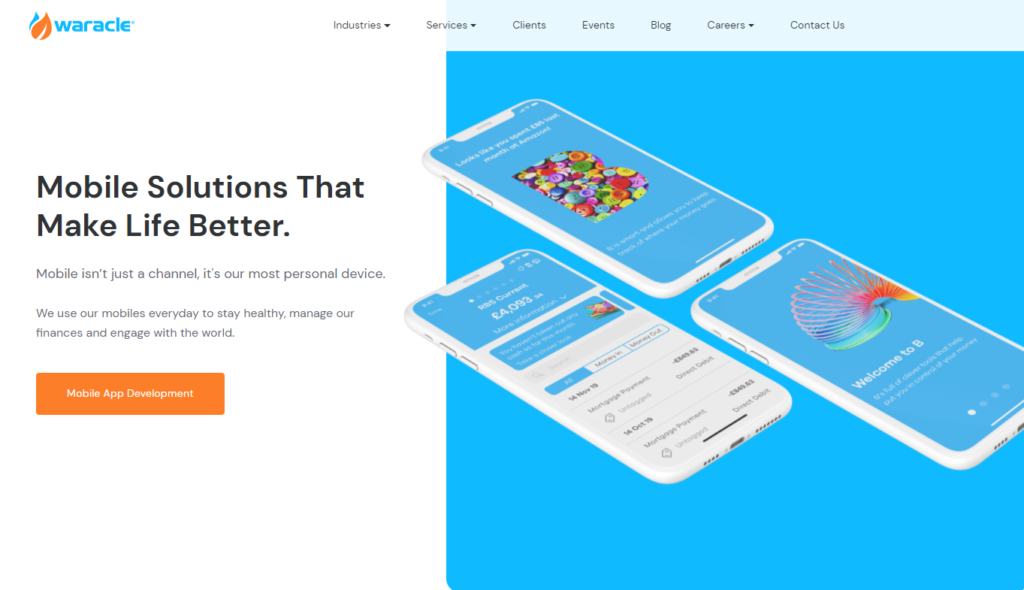 Based in the United Kingdom, their team are skilled to provide support in research, design, development, iteration or ongoing management. They have scaled enterprise mobile solutions for some of the biggest companies in the UK.
Based in the United Kingdom, their team are skilled to provide support in research, design, development, iteration or ongoing management. They have scaled enterprise mobile solutions for some of the biggest companies in the UK. Based in Austin, Texas, Syberry believes that the cornerstone of any modern business is technological advancement. This company is a custom web application development company with substantive experience in creating innovative mobile apps with different technology stacks. They develop the right mobile apps for our customers. Their application development solutions are robust and reliable, as they always use the most up-to-date and efficient UI/UX.
Based in Austin, Texas, Syberry believes that the cornerstone of any modern business is technological advancement. This company is a custom web application development company with substantive experience in creating innovative mobile apps with different technology stacks. They develop the right mobile apps for our customers. Their application development solutions are robust and reliable, as they always use the most up-to-date and efficient UI/UX.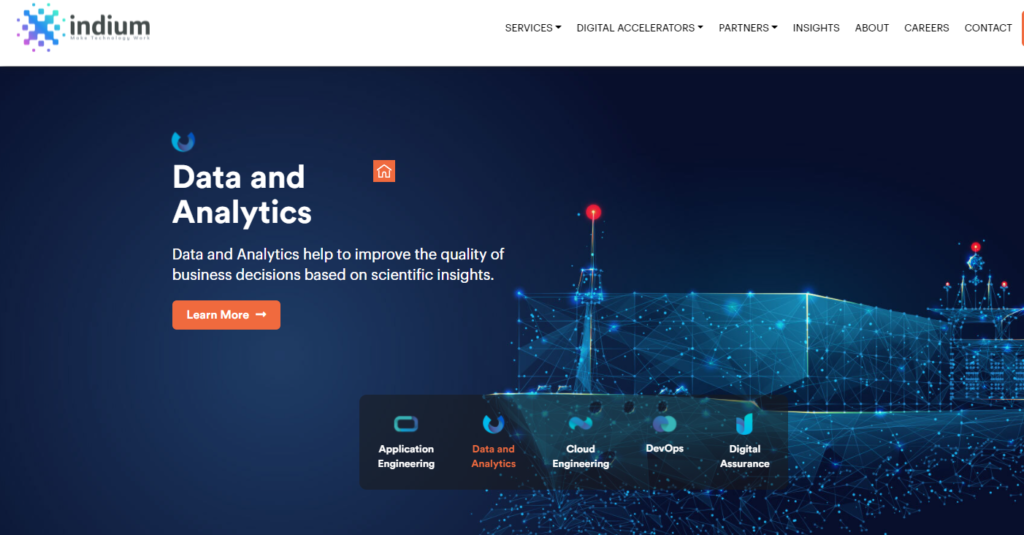 This rip-roaring company was established in 1999 and since then has been exclusively focused on software building. It has registered office in California, partners in other major cities in the US, EMEA and APAC and multiple offshore delivery centers in India, Indium has made its presence felt all over the world. The top-grade company has risen to become the leading Mobile App Development Company with years of expertise in mobile application development services. Their app development professionals and engineers create engaging, user-friendly apps with rich UX/UI that provide a great user experience that also have the ability to develop both iOS and Android apps.
This rip-roaring company was established in 1999 and since then has been exclusively focused on software building. It has registered office in California, partners in other major cities in the US, EMEA and APAC and multiple offshore delivery centers in India, Indium has made its presence felt all over the world. The top-grade company has risen to become the leading Mobile App Development Company with years of expertise in mobile application development services. Their app development professionals and engineers create engaging, user-friendly apps with rich UX/UI that provide a great user experience that also have the ability to develop both iOS and Android apps.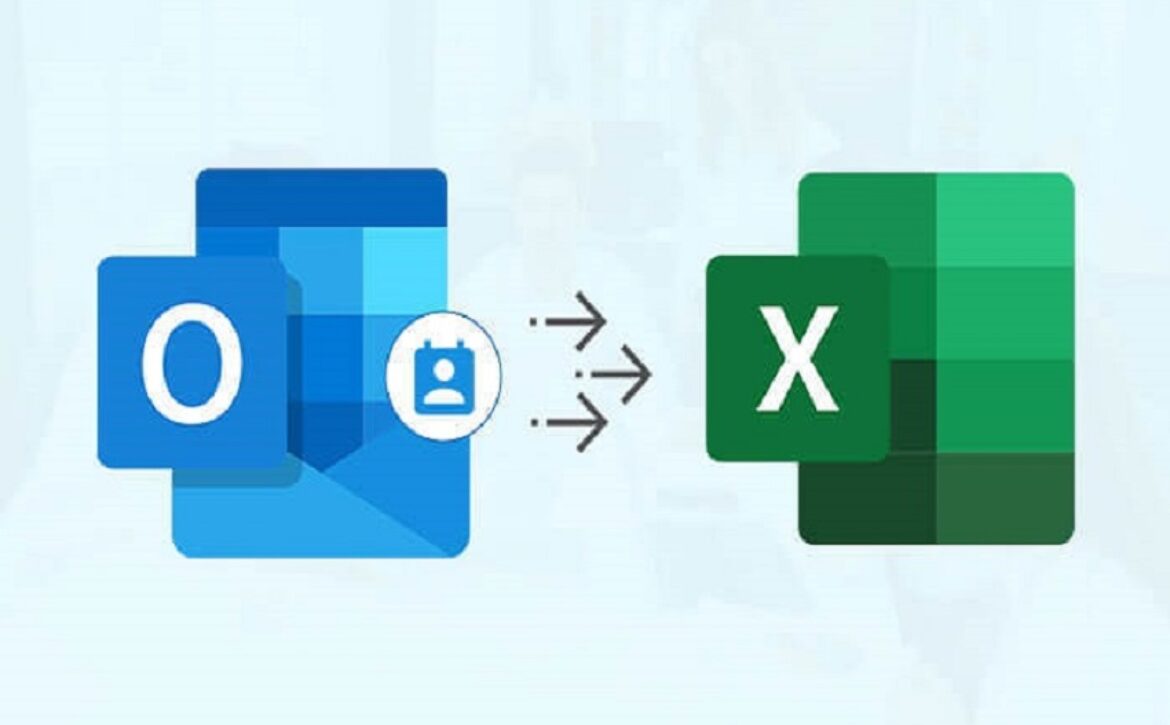
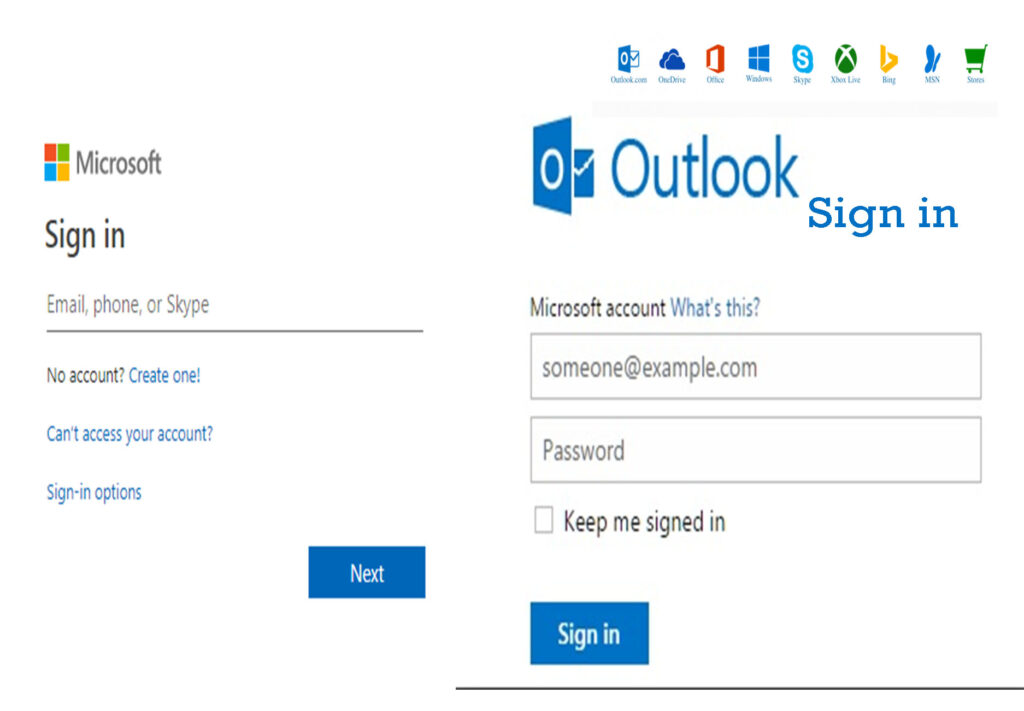





 Whenever you refer to abstract art, some bold and solid images appear in your mind, because this is what abstract art is all about. But there is certainly more to the plate. These logos can be seen everywhere. Whether it is beverages, restaurants, or even educational institutes several cross functional industries go for them because they are simply alluring from all dimensions. And do you want to know what the best element about them is? They are recognizable from multiple aspects because they are uniquely formulated. For this reason,
Whenever you refer to abstract art, some bold and solid images appear in your mind, because this is what abstract art is all about. But there is certainly more to the plate. These logos can be seen everywhere. Whether it is beverages, restaurants, or even educational institutes several cross functional industries go for them because they are simply alluring from all dimensions. And do you want to know what the best element about them is? They are recognizable from multiple aspects because they are uniquely formulated. For this reason, 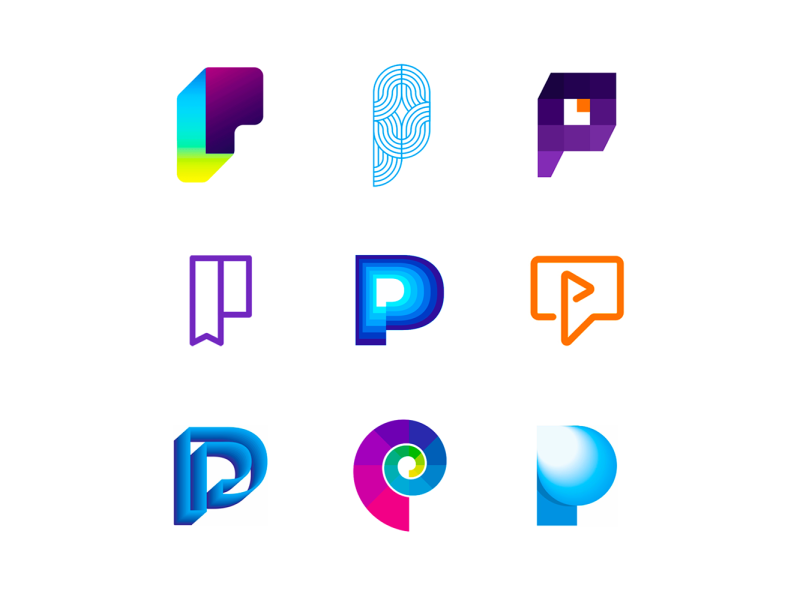 It consists of both an abstract logotype and a geometric logomark combined into one mark. The combination of text and image helps clarify a company’s values and mission by enhancing the branding message.
It consists of both an abstract logotype and a geometric logomark combined into one mark. The combination of text and image helps clarify a company’s values and mission by enhancing the branding message. It is something that today’s youth falls for; the graphic icons that are visually pleasing and impeccably aesthetic. It is seen in recent times that most of the companies are switching towards the pictorial logo marks because the viewers and website visitors are consistently captivated by it. Some of the top examples would be Twitter, and Apple. They not only radiate a positive look but most of the people feel it is a modern and an enhanced digital look. So if you aspire to attract a larger base of audiences in no time, this is your go to!
It is something that today’s youth falls for; the graphic icons that are visually pleasing and impeccably aesthetic. It is seen in recent times that most of the companies are switching towards the pictorial logo marks because the viewers and website visitors are consistently captivated by it. Some of the top examples would be Twitter, and Apple. They not only radiate a positive look but most of the people feel it is a modern and an enhanced digital look. So if you aspire to attract a larger base of audiences in no time, this is your go to!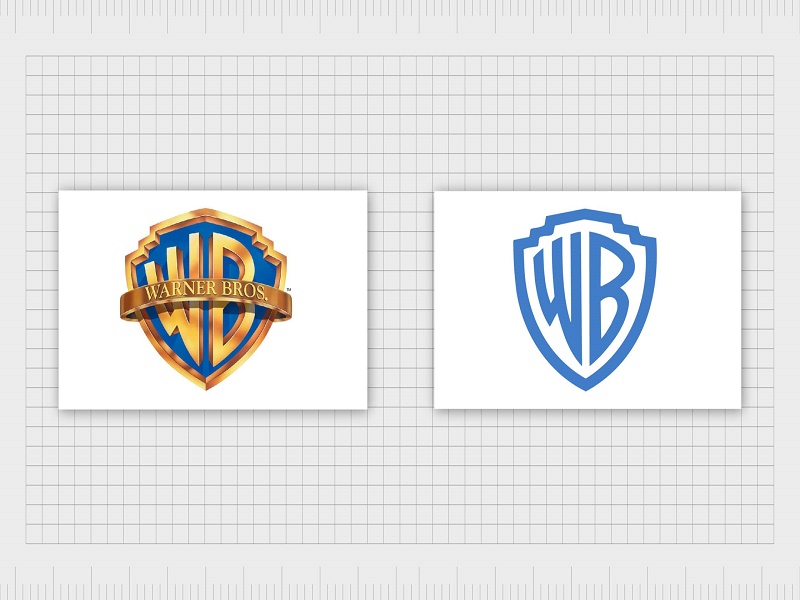 Emblem logos are actually like combination mark logos, which you might be surprised to learn. It is possible to combine images with text to create an emblem. All of the details are encapsulated in an Emblem Logo. Often, they are symbols rather than images, which works perfectly with the text.
Emblem logos are actually like combination mark logos, which you might be surprised to learn. It is possible to combine images with text to create an emblem. All of the details are encapsulated in an Emblem Logo. Often, they are symbols rather than images, which works perfectly with the text.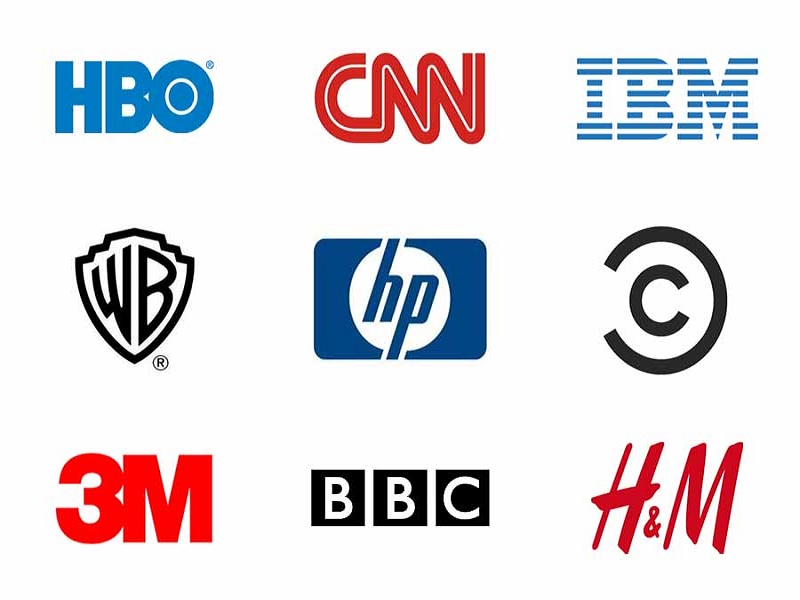 Also regarded as monograms, letter marks logos are extremely prevalent today and always have been. It is that golden logo style that will not lose its essence anytime soon, and why is that so? Generally it is because these have always been used by particular industries. Highlighting the schools and colleges, you must have assessed that they are extensively used and adapted by them perhaps because they are visible from quite far and can easily be recognized. Same is the case with social welfare organizations that prefer these logos as part of their identification. Besides, for the graphic designers it is fun to play around letters, create words within art and this is how they also win the hearts of their clients.
Also regarded as monograms, letter marks logos are extremely prevalent today and always have been. It is that golden logo style that will not lose its essence anytime soon, and why is that so? Generally it is because these have always been used by particular industries. Highlighting the schools and colleges, you must have assessed that they are extensively used and adapted by them perhaps because they are visible from quite far and can easily be recognized. Same is the case with social welfare organizations that prefer these logos as part of their identification. Besides, for the graphic designers it is fun to play around letters, create words within art and this is how they also win the hearts of their clients.


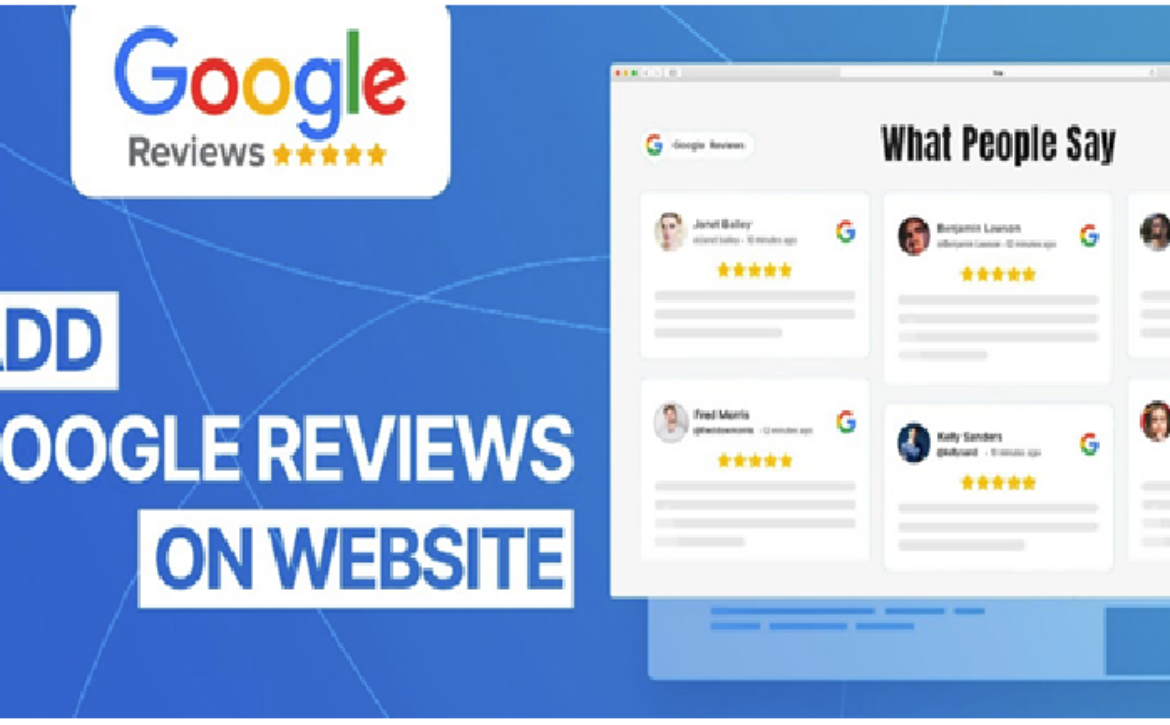

 WooCommerce is the result of even the slightest amount of eCommerce application study. It’s one of the finest Shopify options for many companies. It’s entirely free to use, open-source, and, best of all, highly regarded for measuring visitor satisfaction. Some users even argue that it is superior to Shopify in many ways.
WooCommerce is the result of even the slightest amount of eCommerce application study. It’s one of the finest Shopify options for many companies. It’s entirely free to use, open-source, and, best of all, highly regarded for measuring visitor satisfaction. Some users even argue that it is superior to Shopify in many ways.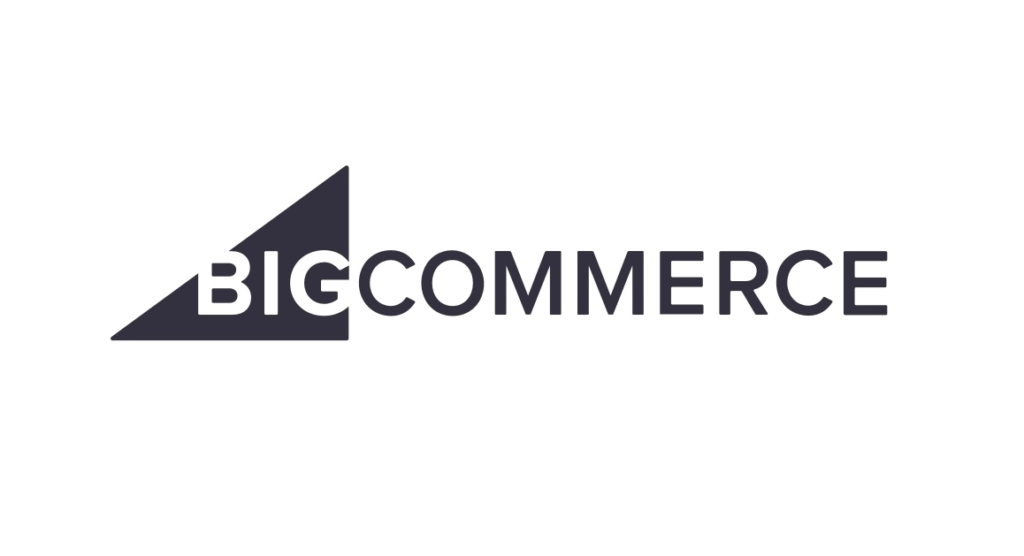 BigCommerce is a wonderful choice if you want a basic, no-frills experience with the flexibility of utilizing a drag-and-drop editor to build up your website. It’s one of the finest Shopify alternatives, and it provides eCommerce shop owners with a full-cycle solution.
BigCommerce is a wonderful choice if you want a basic, no-frills experience with the flexibility of utilizing a drag-and-drop editor to build up your website. It’s one of the finest Shopify alternatives, and it provides eCommerce shop owners with a full-cycle solution. For eCommerce shop owners, 3DCart is a solid hosted platform. 3DCart is one of the most popular Shopify alternatives for a variety of reasons. The rates start at $19 per month and go all the way up to $229 per month. You’ll get a variety of SEO tools, emails to follow up on abandoned carts, and customized goods in exchange. A
For eCommerce shop owners, 3DCart is a solid hosted platform. 3DCart is one of the most popular Shopify alternatives for a variety of reasons. The rates start at $19 per month and go all the way up to $229 per month. You’ll get a variety of SEO tools, emails to follow up on abandoned carts, and customized goods in exchange. A 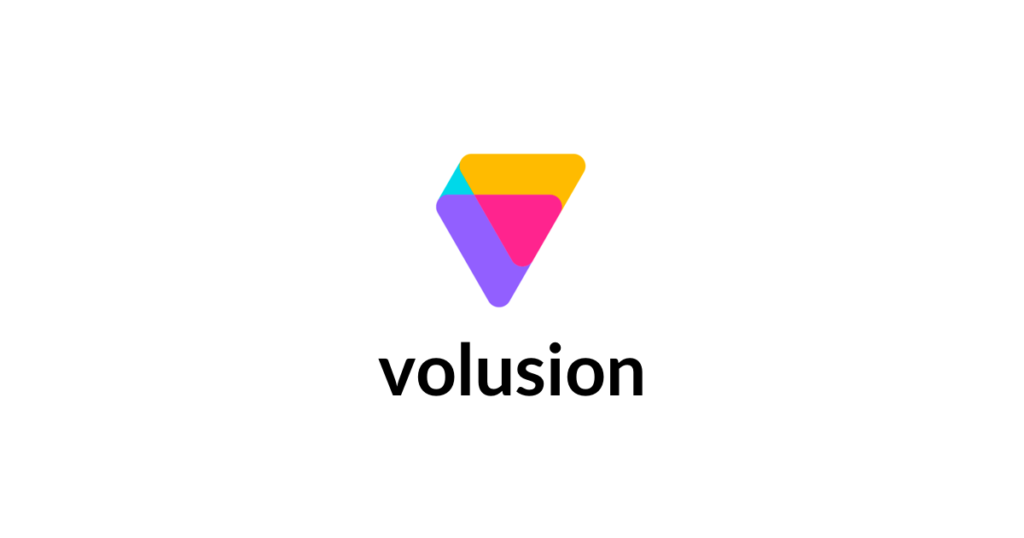 One of the most popular Shopify alternatives is Volusion. This cloud-based shopping cart is used by over 200,000 organizations and is particularly popular among small enterprises and corporations wanting to expand. Your consumers will appreciate the ease of Volusion’s one-click checkout functionality. You may also use the platform to access a variety of plugins and features that you can use in your online business. It’s ideal for transportation companies. You must, however, understand how to keep your delivery expenses minimal.
One of the most popular Shopify alternatives is Volusion. This cloud-based shopping cart is used by over 200,000 organizations and is particularly popular among small enterprises and corporations wanting to expand. Your consumers will appreciate the ease of Volusion’s one-click checkout functionality. You may also use the platform to access a variety of plugins and features that you can use in your online business. It’s ideal for transportation companies. You must, however, understand how to keep your delivery expenses minimal.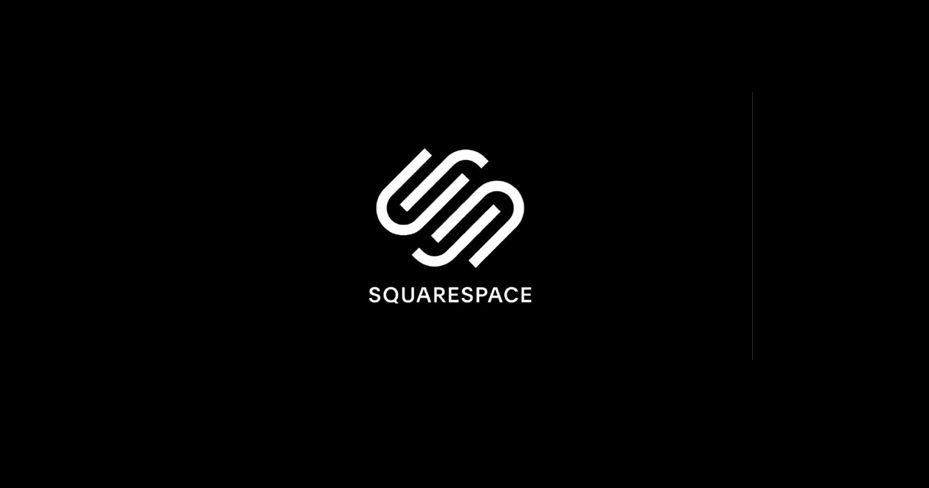 Squarespace is a good option if you don’t have a lot of computer expertise and want to keep your product selection modest. The platform includes a powerful website builder as well as a large selection of templates and themes. With that and a little tweaking, you can get some remarkable results and have an e-store that seems like it cost a fortune to build.
Squarespace is a good option if you don’t have a lot of computer expertise and want to keep your product selection modest. The platform includes a powerful website builder as well as a large selection of templates and themes. With that and a little tweaking, you can get some remarkable results and have an e-store that seems like it cost a fortune to build. For enterprises on a tight budget, Prestashop is a great option. You might claim it’s free, but given that you’ll need to pay for web hosting and a name, it’s not quite as good as Magento. Prestashop has a hosted version thanks to agreements with 1&1, WebHostingHub, TMD, Microsoft Azure, and others.
For enterprises on a tight budget, Prestashop is a great option. You might claim it’s free, but given that you’ll need to pay for web hosting and a name, it’s not quite as good as Magento. Prestashop has a hosted version thanks to agreements with 1&1, WebHostingHub, TMD, Microsoft Azure, and others. Square Online is a Square eCommerce website builder. Square, which began as a payment processor, purchased Weebly a few years ago. Square Online is a quick and easy method for company owners to add eCommerce capabilities to their website if they currently use Square to accept payments.
Square Online is a Square eCommerce website builder. Square, which began as a payment processor, purchased Weebly a few years ago. Square Online is a quick and easy method for company owners to add eCommerce capabilities to their website if they currently use Square to accept payments.